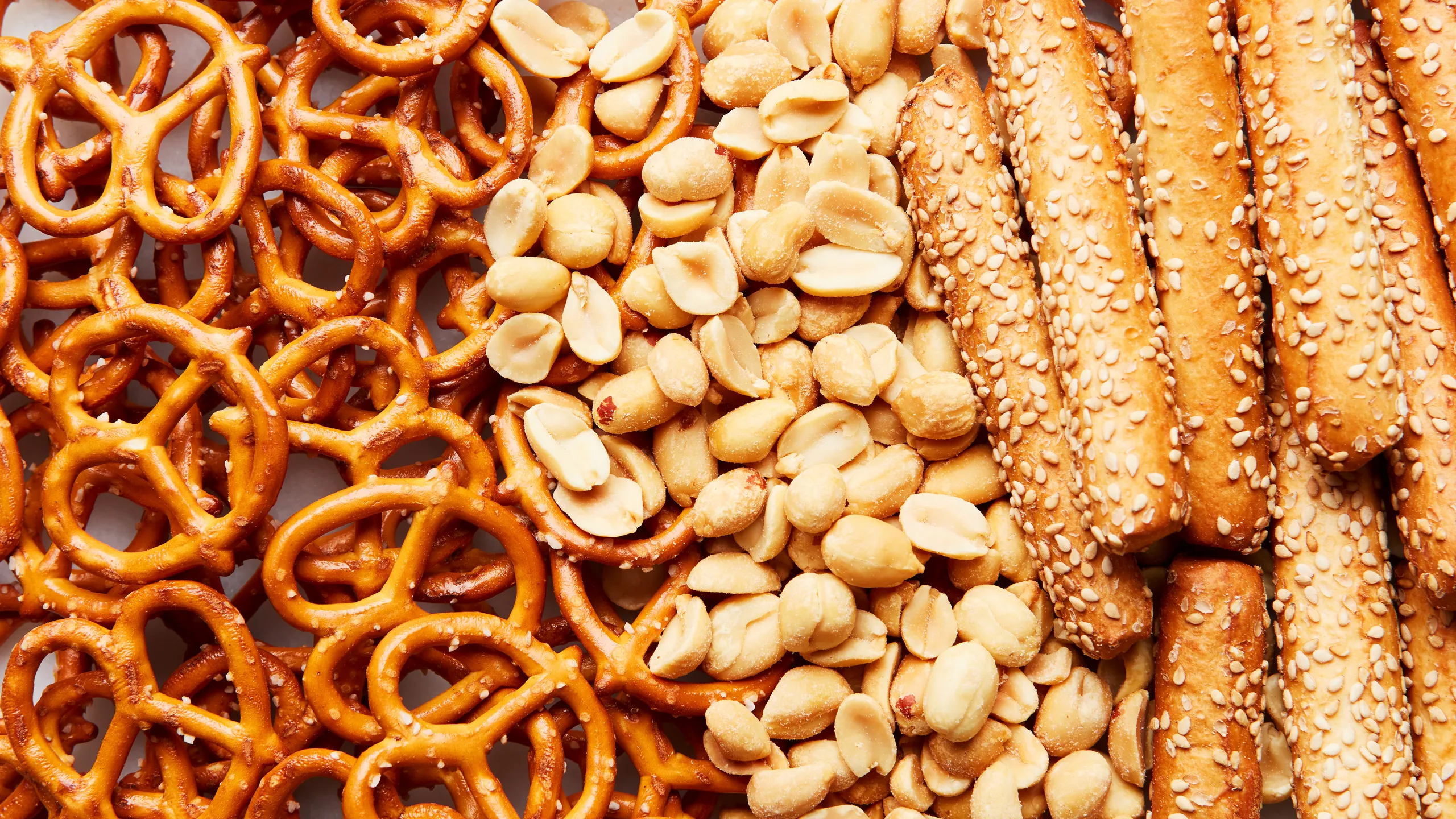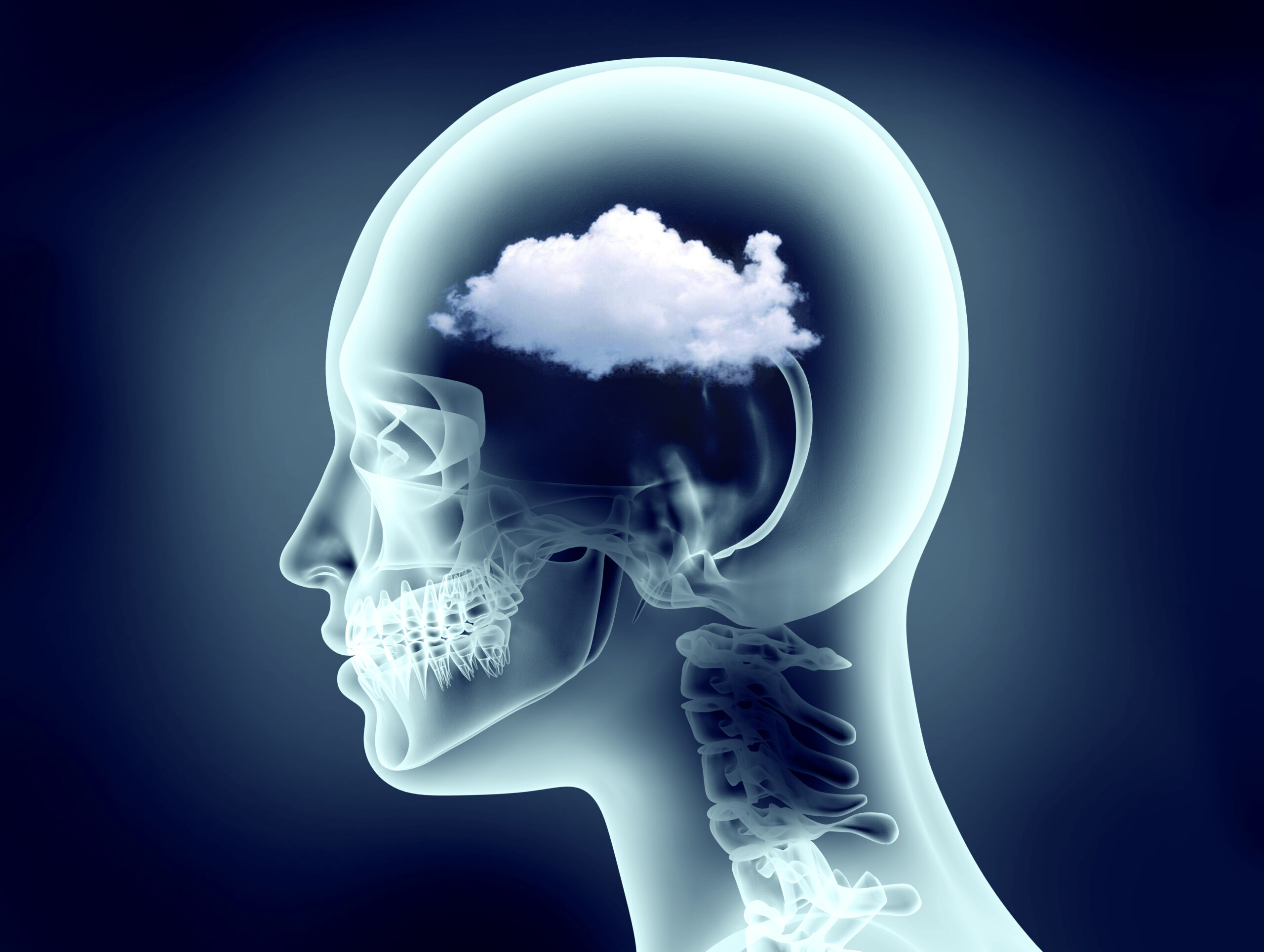
The Nutrient Message Behind Your Cravings
Cravings Aren’t Random — They’re a Biological Signal
Cravings often feel like a loss of control, a mental tug-of-war between discipline and desire. But under the surface, they’re doing something smarter — acting as a language your body uses to request specific nutrients.
Your taste buds and brain are hardwired to seek out what your body lacks. Crave chocolate? You might be low on magnesium. Feel a sudden need for chips? That could signal a need for sodium, zinc, or even stress-buffering minerals. Cravings are not just habits or emotions. They are feedback.
Once you learn how to decode these messages, you can shift from guilt to precision — using cravings as data about what your body truly needs.

Why Cravings Speak the Language of Deficiency
Cravings are shaped by internal nutrient levels, neurotransmitter balance, and your brain’s reward-learning system. Here’s how the layers work together:
What’s Happening Inside:
- Micronutrient Sensors: Your body monitors levels of magnesium, iron, zinc, sodium, and amino acids. When levels dip, the brain sends out taste-based cravings to motivate a fix — often without your awareness (Institute for Functional Medicine, 2022).
- Dopamine Recalibration: Low nutrients or high stress can reduce dopamine tone. In response, your brain may crave calorie-dense or processed foods to trigger a temporary boost in mood and reward (Volkow et al., 2013).
- Taste Learning: Your palate adapts to patterns. If you're used to sweet or salty foods, your receptors expect those inputs. The brain begins to associate those tastes with safety or relief, even when the actual nutrients aren’t there (Monell Chemical Senses Center, 2020).
This is why eating ultra-processed foods can increase cravings, not satisfy them. They stimulate the reward system but deliver little to no nutritional resolution.
Decoding Common Cravings

Your cravings might not be for junk — they might be for micronutrients hiding inside the wrong foods.
Crave chocolate?
Could be low magnesium. This mineral helps with muscle relaxation, mood, and sleep regulation.
Crave chips or cheese?
May indicate a need for sodium, calcium, or zinc. These support adrenal function and neurotransmission.
Crave sugar or baked goods?
Might signal a drop in blood sugar, low chromium levels, or fatigue in the serotonin system.
Crave red meat?
Potential iron or B12 deficiency. These are critical for oxygen delivery and brain function.
You don’t have to silence cravings. You just have to understand what they’re trying to solve.
The Brain-Nutrient Feedback Loop
Your cravings are shaped by a brain-body loop that responds to stress, environment, and nutritional status.
- Hunger vs. Craving: Hunger is a physical need for calories. Cravings are often emotional or biochemical requests for specific nutrients.
- Reward Pathways: The dopaminergic system gets trained to associate certain flavors with relief. If your body feels depleted, your brain starts scanning for quick fixes that match old “reward hits.”
- Palate Neuroplasticity: You can retrain your cravings by slowly introducing whole foods rich in magnesium, omega-3s, zinc, and B vitamins. Over time, your taste receptors adjust and your cravings shift toward what works better biologically.
This is how taste becomes a tool — not a trap.
How to Respond with Intelligence, Not Restriction
You can support your cravings without giving in to the processed versions. Here’s how to start:
- Map Your Cravings: Keep a simple note of what you crave and when. Look for patterns around sleep, stress, and emotional load.
- Upgrade the Source: If you crave something sweet, try berries with protein. If you want crunch, try roasted chickpeas or seaweed snacks. If you want chocolate, go for dark chocolate with high magnesium content.
- Support Dopamine Naturally: Light movement, cold exposure, sunlight, and music can all help replenish reward chemistry — reducing the brain’s call for a food-based hit.
- Use Cravings as a Check-In: Ask what might be depleted. Have you eaten enough protein? Had enough sleep? Replaced lost electrolytes? Your body is not irrational. It is asking you to pay attention.
Cravings Are Not the Enemy. They Are the Messenger.
Ignoring cravings can work short-term, but it creates long-term confusion. Overriding your body’s signals can increase stress and erode your ability to recognize what you actually need.
Listening — without judgment — lets you respond instead of react. And over time, your cravings become a compass, pointing toward balance, not away from it.
One Simple Cue
Next time a craving hits, don’t just ask what you want. Ask what your body might be missing.
References:
- Institute for Functional Medicine. (2022). Cravings and nutrient signals: The emerging science of micronutrient feedback. Retrieved July 16, 2025, from https://www.ifm.org
- Monell Chemical Senses Center. (2020). Taste adaptation and the science of preference. Retrieved July 16, 2025, from https://www.monell.org
- Volkow, N. D., et al. (2013). Obesity and addiction: Neurobiological overlaps. Biological Psychiatry, 73(9), 811–818. https://doi.org/10.1016/j.biopsych.2012.12.024



















